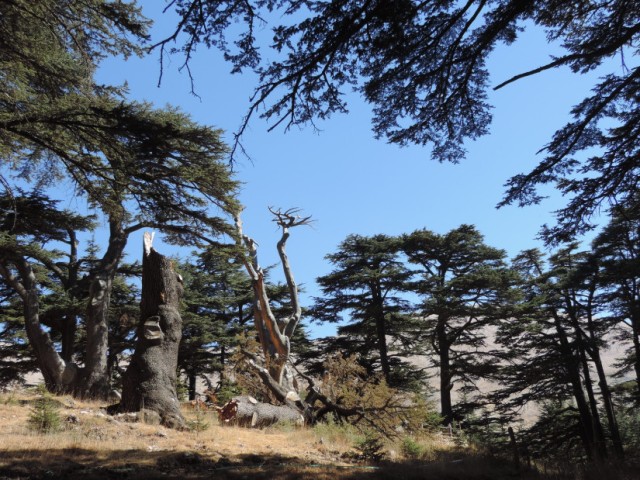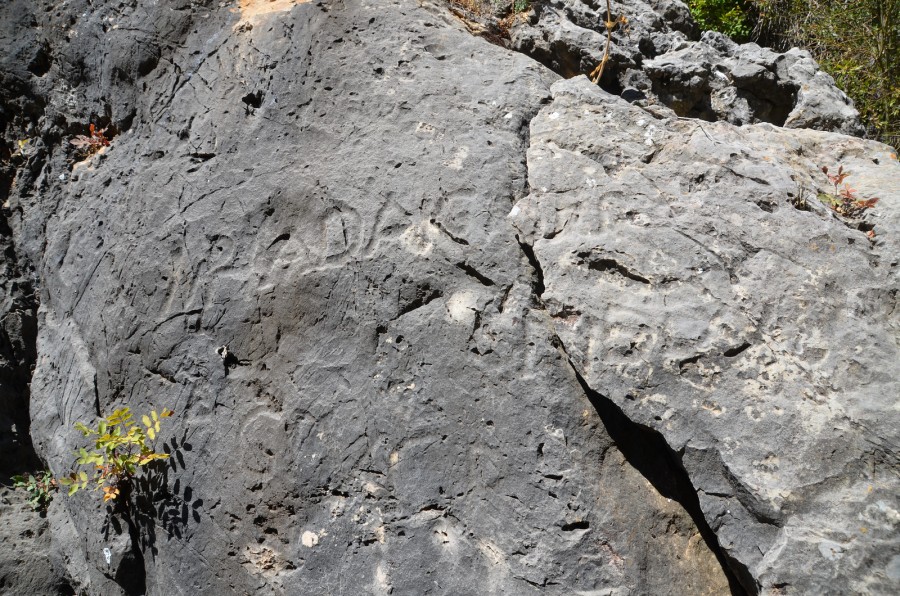Beautifully documented, scientifically written – I like this blog soo much! My compliments!
Lebanon is famously known for the presence of a very special kind of tree, the legendary cedar tree (cedrus libani). It is emblazoned on the national flag and is, due to its long history, one of the most defining features of Lebanon’s culture. The country is the most densely wooded in the Middle East, and pines, oaks, firs, cypresses and junipers are also found in the mountain areas. All these species of trees were an important source of timber for early civilizations of the Near East and the Nile.
 The cedars of Lebanon.
The cedars of Lebanon.
Wood was one of the most sought-after commodities in antiquity, and references to the cedars go as far back as the beginning of the written script. The episode of the visit of Gilgamesh with his companion Enkidu to a forest to destroy the guardian monster and cut the trees can be traced back to the third millennium…
Ursprünglichen Post anzeigen 1.552 weitere Wörter




 Libum(original recipe from
Libum(original recipe from 
 Janus.
Janus. 